Increasing Health Consciousness
The Slimming Tea Market is experiencing a notable surge in demand due to the increasing health consciousness among consumers. As individuals become more aware of the importance of maintaining a healthy lifestyle, they are actively seeking products that support weight management. This trend is reflected in the market data, which indicates that the demand for slimming teas has grown by approximately 15% over the past year. Consumers are gravitating towards natural and organic options, which are perceived as safer and more effective. This shift in consumer behavior is likely to drive innovation within the Slimming Tea Market, as brands strive to meet the evolving preferences of health-conscious individuals.
Rising Popularity of Herbal Remedies
The Slimming Tea Market is witnessing a significant rise in the popularity of herbal remedies, as consumers increasingly turn to traditional and natural solutions for weight loss. Herbal teas, often infused with ingredients such as green tea, ginger, and hibiscus, are perceived as effective alternatives to synthetic weight loss products. Market data suggests that the herbal tea segment has expanded by nearly 20% in recent years, indicating a strong consumer preference for these products. This trend is likely to encourage manufacturers to explore innovative formulations and marketing strategies that highlight the benefits of herbal ingredients, thereby enhancing their position within the Slimming Tea Market.
Growing Demand for Convenient Solutions
The Slimming Tea Market is benefiting from the growing demand for convenient solutions that fit into busy lifestyles. As consumers seek quick and easy ways to manage their weight, ready-to-drink slimming teas and single-serve packets are gaining traction. Market analysis reveals that the convenience segment has seen a growth rate of approximately 12% in the last year. This trend indicates that brands focusing on convenience are likely to attract a larger customer base. By offering products that align with the fast-paced nature of modern life, companies can enhance their appeal within the Slimming Tea Market, ultimately driving sales and customer loyalty.
Emergence of Innovative Product Offerings
The Slimming Tea Market is characterized by the emergence of innovative product offerings that cater to diverse consumer preferences. Brands are increasingly introducing unique blends and formulations that combine various ingredients to enhance efficacy and taste. For instance, the introduction of functional teas that promote metabolism or detoxification is becoming more prevalent. Market data suggests that innovative products can lead to a sales increase of up to 25%, as consumers are drawn to novel experiences. This trend indicates that companies that prioritize research and development in the Slimming Tea Market are likely to gain a competitive edge, appealing to consumers seeking effective and enjoyable weight management solutions.
Influence of Social Media and Celebrity Endorsements
The Slimming Tea Market is significantly influenced by social media and celebrity endorsements, which play a crucial role in shaping consumer perceptions and purchasing decisions. Platforms such as Instagram and TikTok have become vital marketing channels for brands, allowing them to reach a broader audience. Data indicates that products endorsed by celebrities can experience a sales increase of up to 30% within a short period. This trend suggests that effective social media marketing strategies are essential for brands aiming to capture market share in the competitive Slimming Tea Market. As influencers promote their favorite slimming teas, consumer interest and engagement are likely to rise, further propelling market growth.


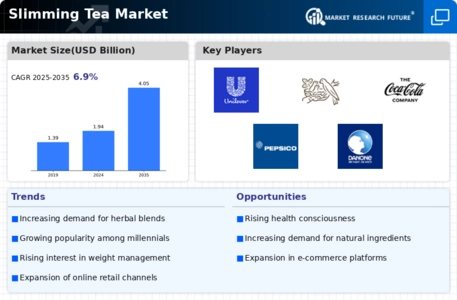
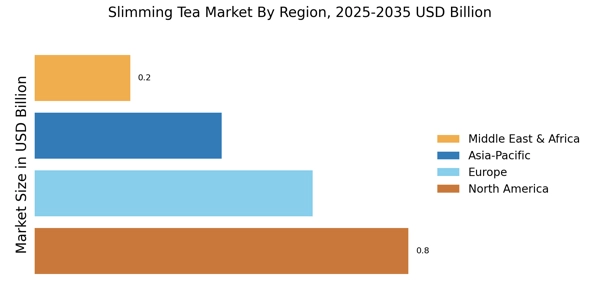

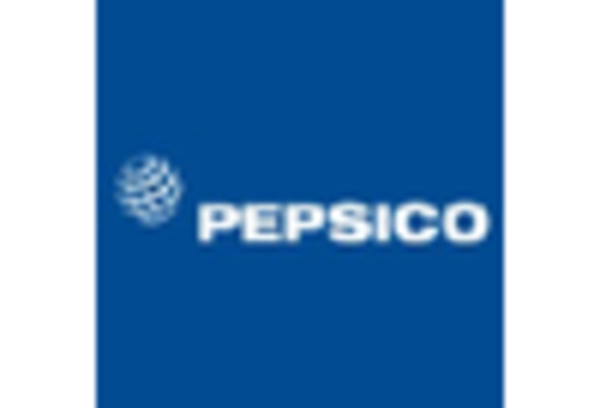
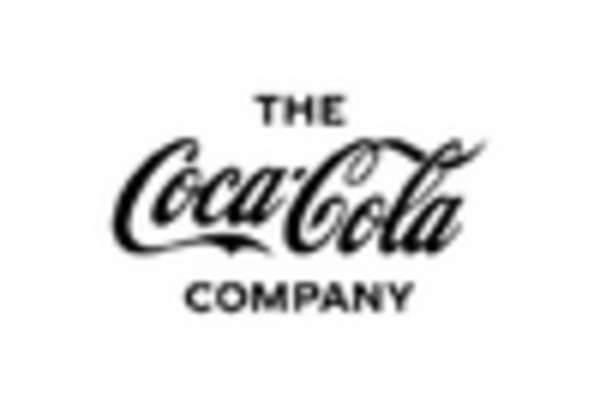
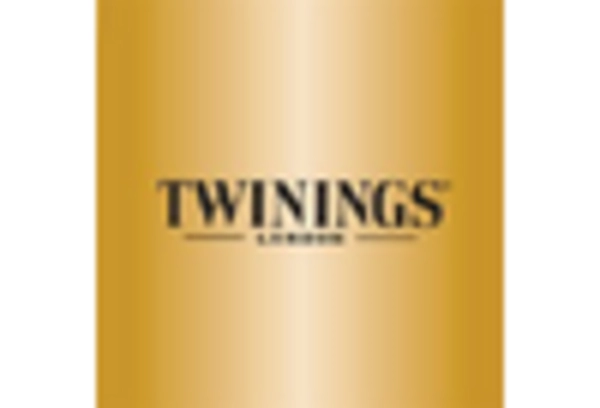

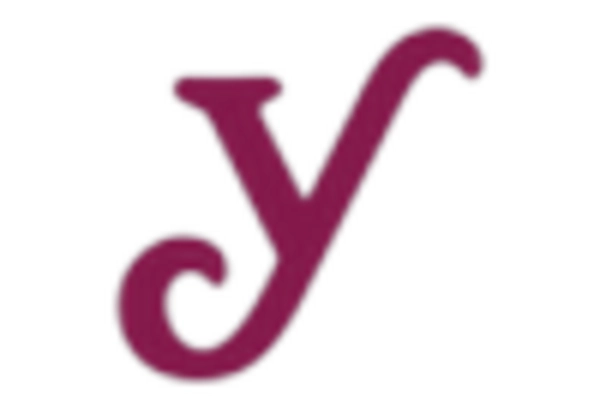








Leave a Comment